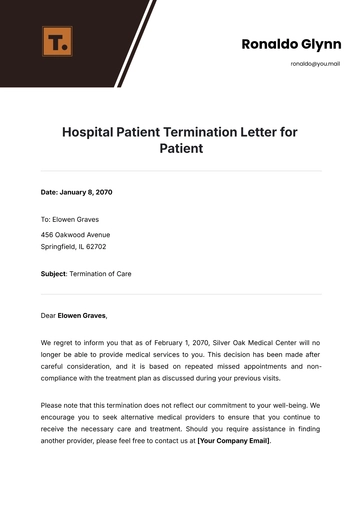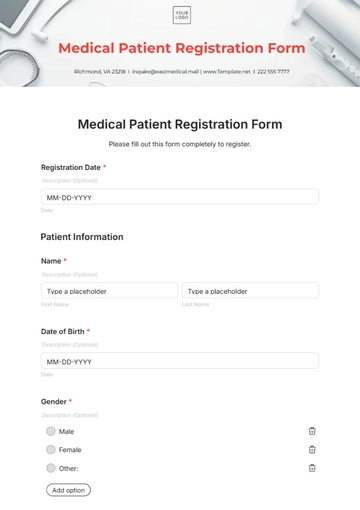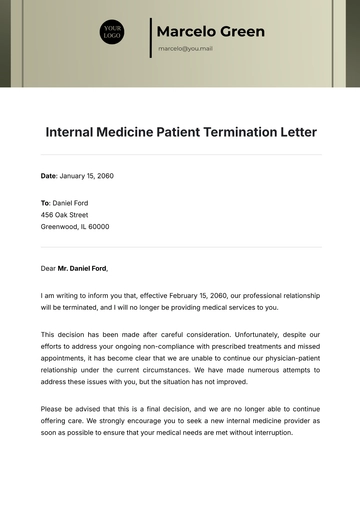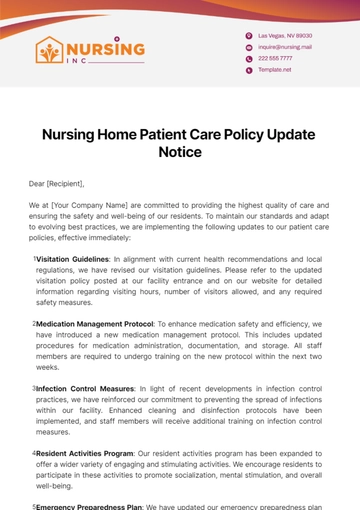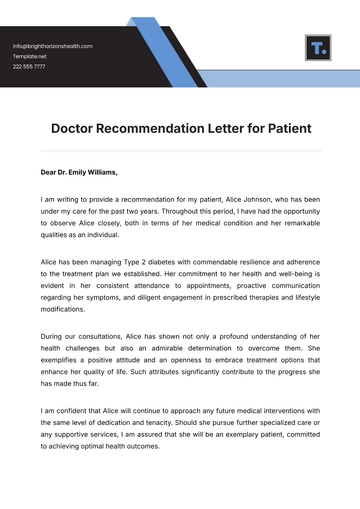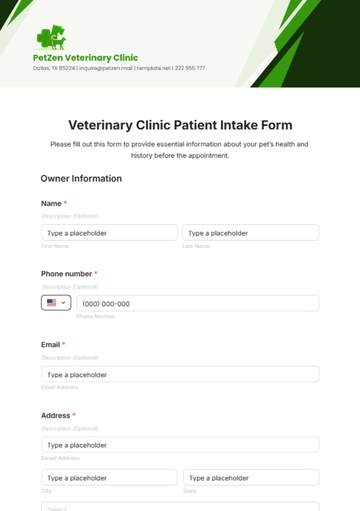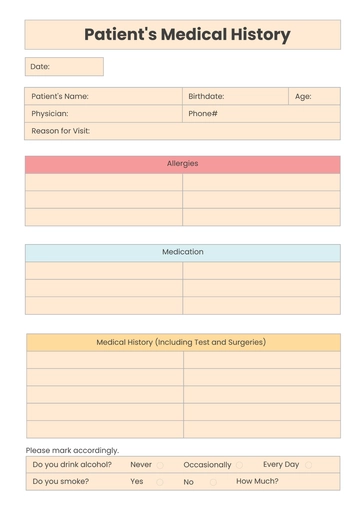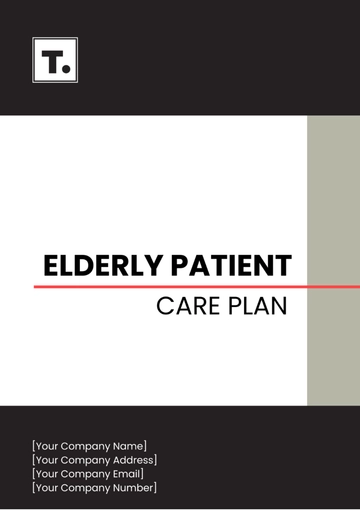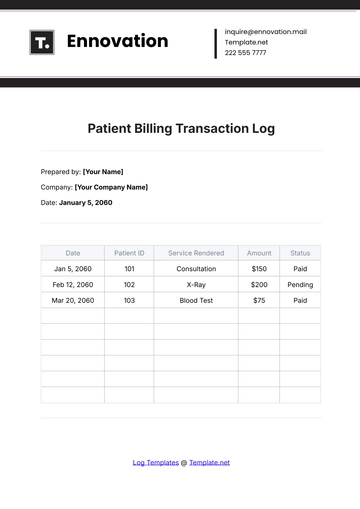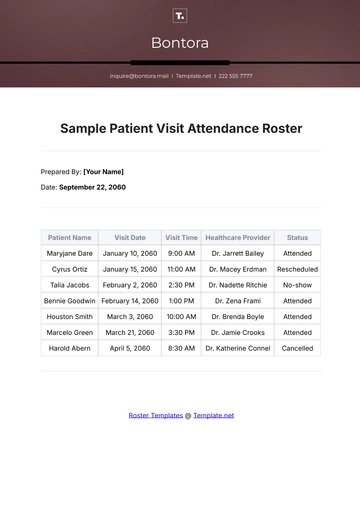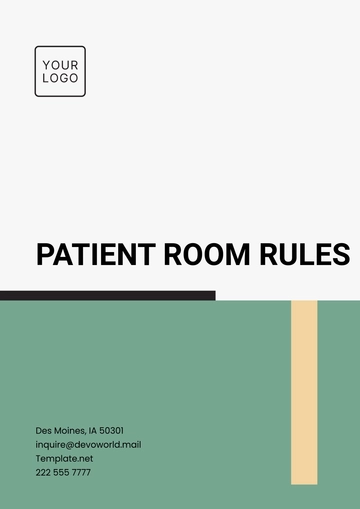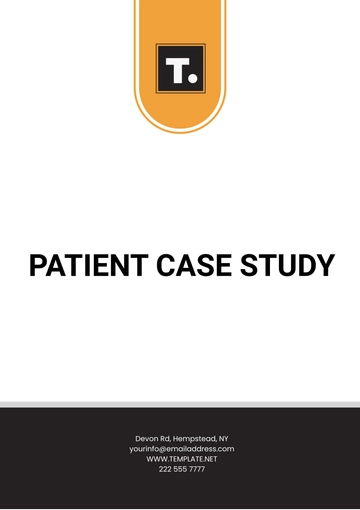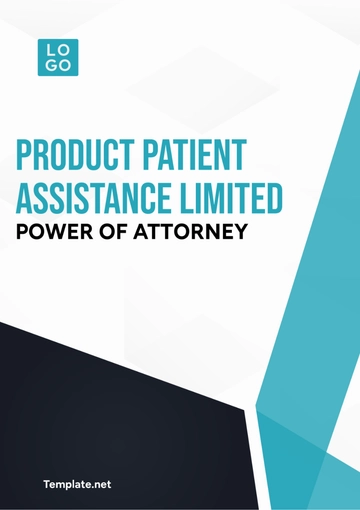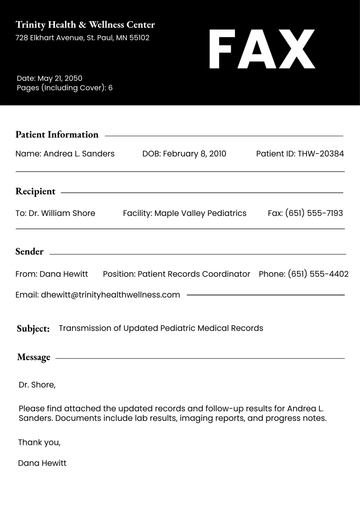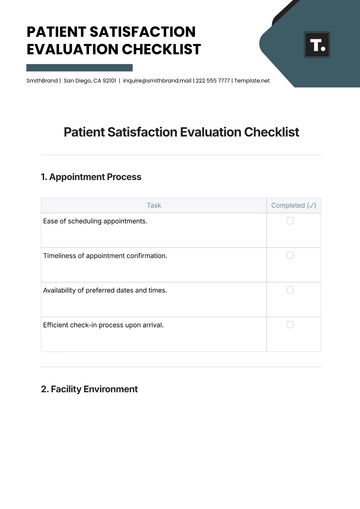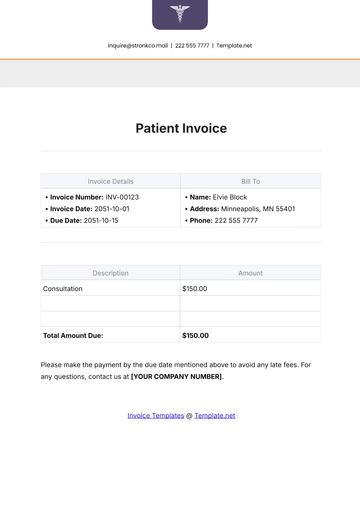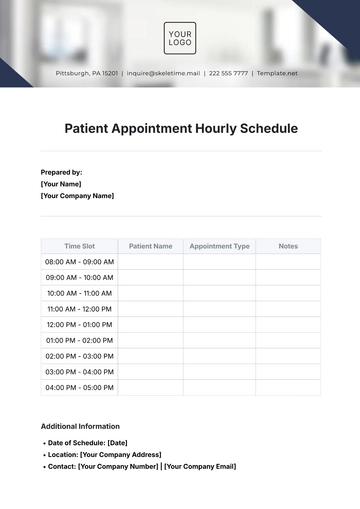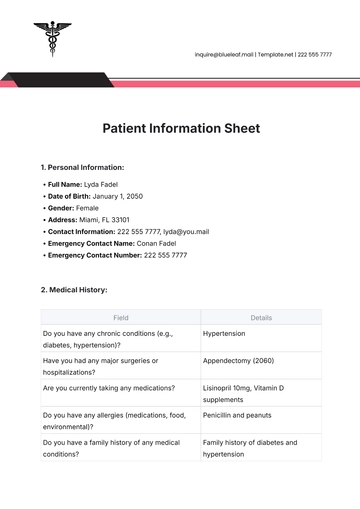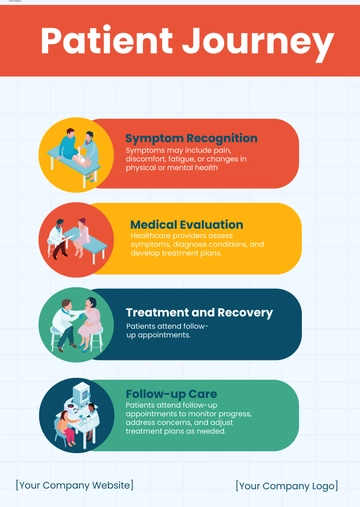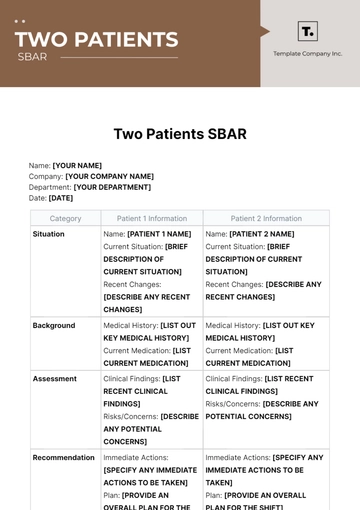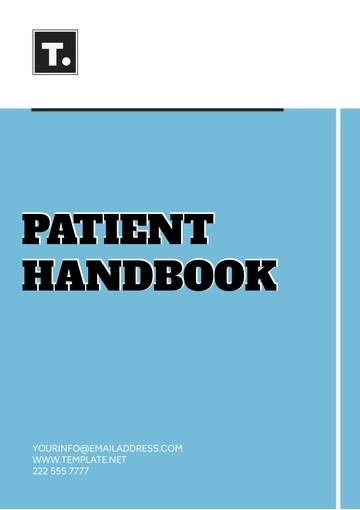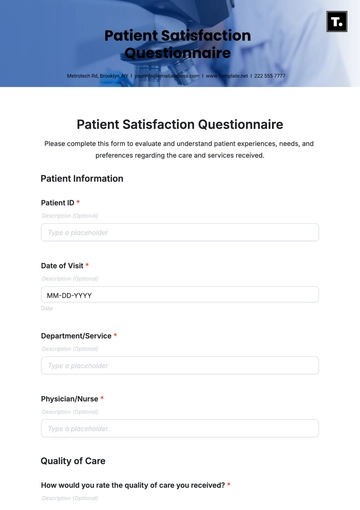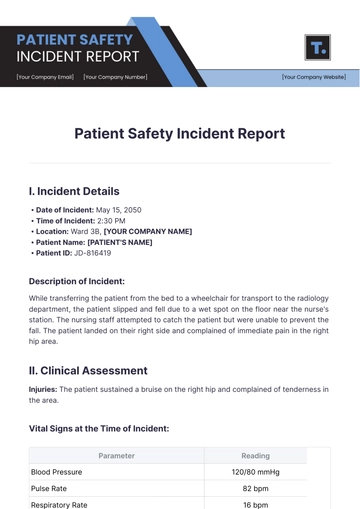Free Surgical Patient Case Study
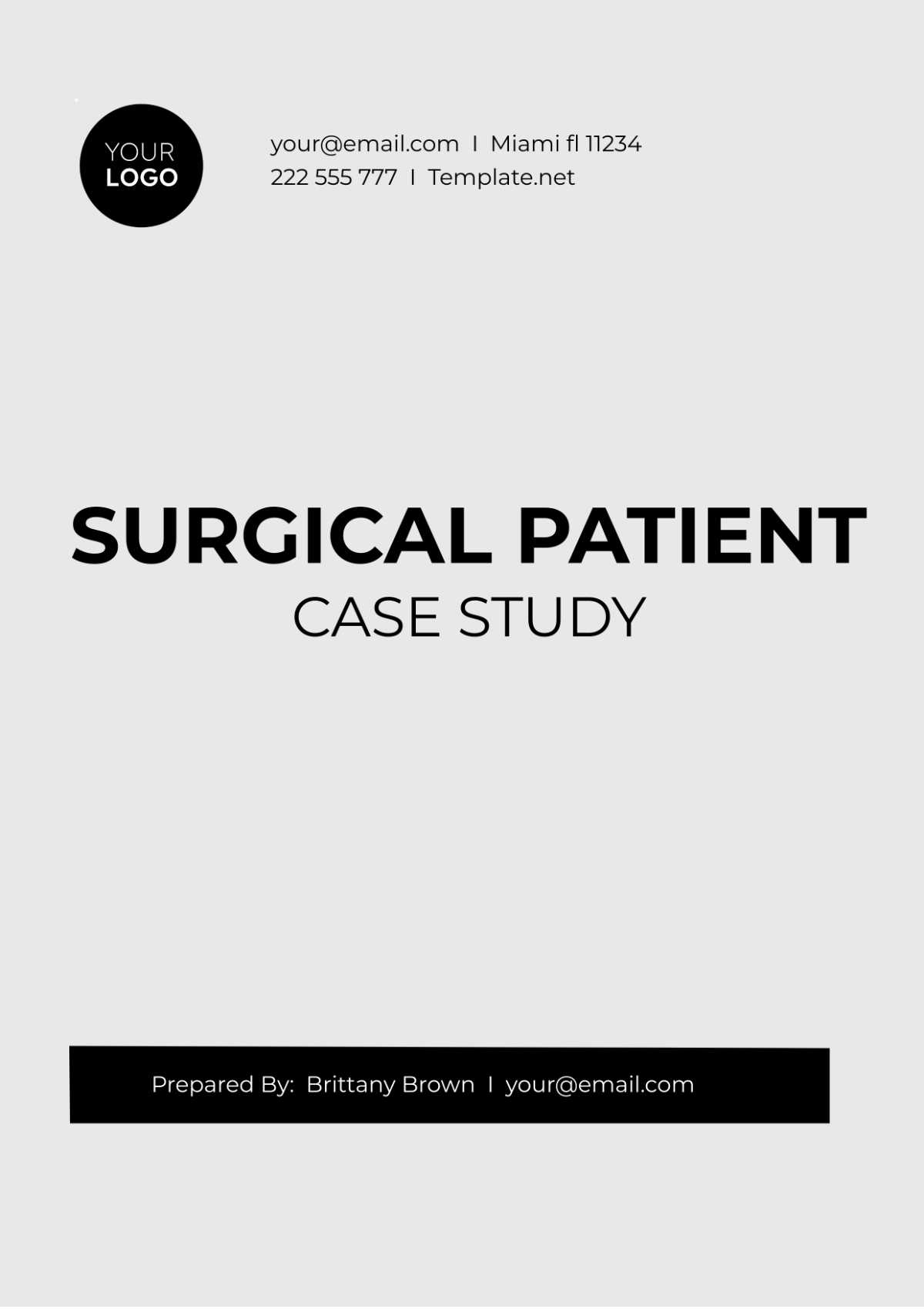
[YOUR NAME] from [YOUR COMPANY NAME]'s [YOUR DEPARTMENT] has compiled a detailed case study of [PATIENT NAME]'s surgical journey. It includes their diagnosis, treatment plan, surgery details, post-op care, and lessons learned, with a focus on the patient's personal experience.
I. Introduction
This case study follows Patient X's journey with acute appendicitis, a common surgical emergency. It outlines the typical presentation, diagnosis, treatment, and post-operative care for such a condition, emphasizing the need for prompt action to avoid complications. The study aims to shed light on managing acute appendicitis in surgical practice through an in-depth review of Patient X's experience.
II. Background
The following case study presents the clinical journey of a patient (referred to as Patient X) who experienced acute appendicitis, a common surgical emergency. This case highlights the typical presentation, diagnostic workup, treatment, and post-operative care of a patient with this condition. Acute appendicitis is characterized by inflammation of the vermiform appendix, often leading to abdominal pain and potential complications if not promptly addressed. The case underscores the importance of timely diagnosis, appropriate management, and surgical intervention in achieving favorable outcomes for patients with this condition. Through a detailed examination of Patient X's experience, this case study aims to provide insights into the clinical management of acute appendicitis and its implications for surgical practice.
III. Patient Identification
Name: Patient X
Age: 45
Gender: Male
Occupation: Profession undisclosed
Medical Record Number: Confidential
IV. Medical History
Patient X has a history of managed hypertension.
No known drug allergies.
Non-smoker.
Family history: Father experienced a heart attack at age 50.
V. Presenting Complaint
Patient X presented with worsening abdominal pain over six months.
Pain localized to the lower right abdomen, accompanied by nausea and sporadic vomiting.
No reported fever or changes in bowel habits.
VI. Diagnostic Workup
Physical examination revealed tenderness and guarding in the lower right abdomen.
Laboratory tests indicated elevated white blood cell count and C-reactive protein levels.
Abdominal ultrasound revealed thickening of the appendix with peri-appendiceal fluid.
A computed tomography (CT) scan confirmed acute appendicitis.
VII. Diagnosis
Acute appendicitis with localized perforation.
VIII. Treatment Plan
Admitted for intravenous antibiotics and fluid therapy.
Surgical consultation resulted in the decision for appendectomy.
IX. Surgical Procedure
Laparoscopic appendectomy performed under general anesthesia.
Trocars were inserted, establishing pneumoperitoneum.
Inflamed appendix with localized perforation identified.
The appendix was dissected, ligated, and removed.
Hemostasis ensured appendiceal stump invaginated.
The peritoneal cavity was irrigated, trocars removed, and incisions closed.
X. Post-operative Care
Monitored for immediate complications post-surgery.
Continued intravenous antibiotics for 24 hours.
Oral intake was initiated upon the return of bowel sounds.
Pain management is provided as necessary.
Early ambulation is encouraged to prevent complications.
Discharged with instructions for wound care and activity limitations.
XI. Outcomes
Patient X was discharged on postoperative day 2.
Follow-up scheduled for wound check and pathology review.
Pathology confirmed acute appendicitis with abscess formation.
No complications were reported at a one-month follow-up.
XII. Discussion
Patient X's case illustrates standard management of acute appendicitis.
Laparoscopic appendectomy offers benefits over open surgery.
Timely intervention and appropriate antibiotics are crucial to prevent complications.
Regular follow-up is essential for monitoring and resolution of symptoms.
XIII. Conclusion
Patient X's successful outcome underscores the importance of timely diagnosis and intervention in acute appendicitis.
Laparoscopic appendectomy remains the preferred approach, providing a safe and effective treatment option for this common surgical condition.
Prepared By:
[YOUR NAME]
[YOUR POSITION]
[YOUR COMPANY NAME]
Contact Information:
[Your Company Email]
[Your Company Number]
[Your Company Website]
[Your Company Address]
- 100% Customizable, free editor
- Access 1 Million+ Templates, photo’s & graphics
- Download or share as a template
- Click and replace photos, graphics, text, backgrounds
- Resize, crop, AI write & more
- Access advanced editor
Discover the pinnacle of surgical patient case study organization with Template.net's Surgical Patient Case Study Template. This editable and customizable masterpiece streamlines your documentation process effortlessly. Crafted to perfection, it seamlessly integrates into your workflow, ensuring precision and professionalism. Plus, it's editable in our AI Editor too, for added convenience and efficiency. Elevate your practice with ease.

